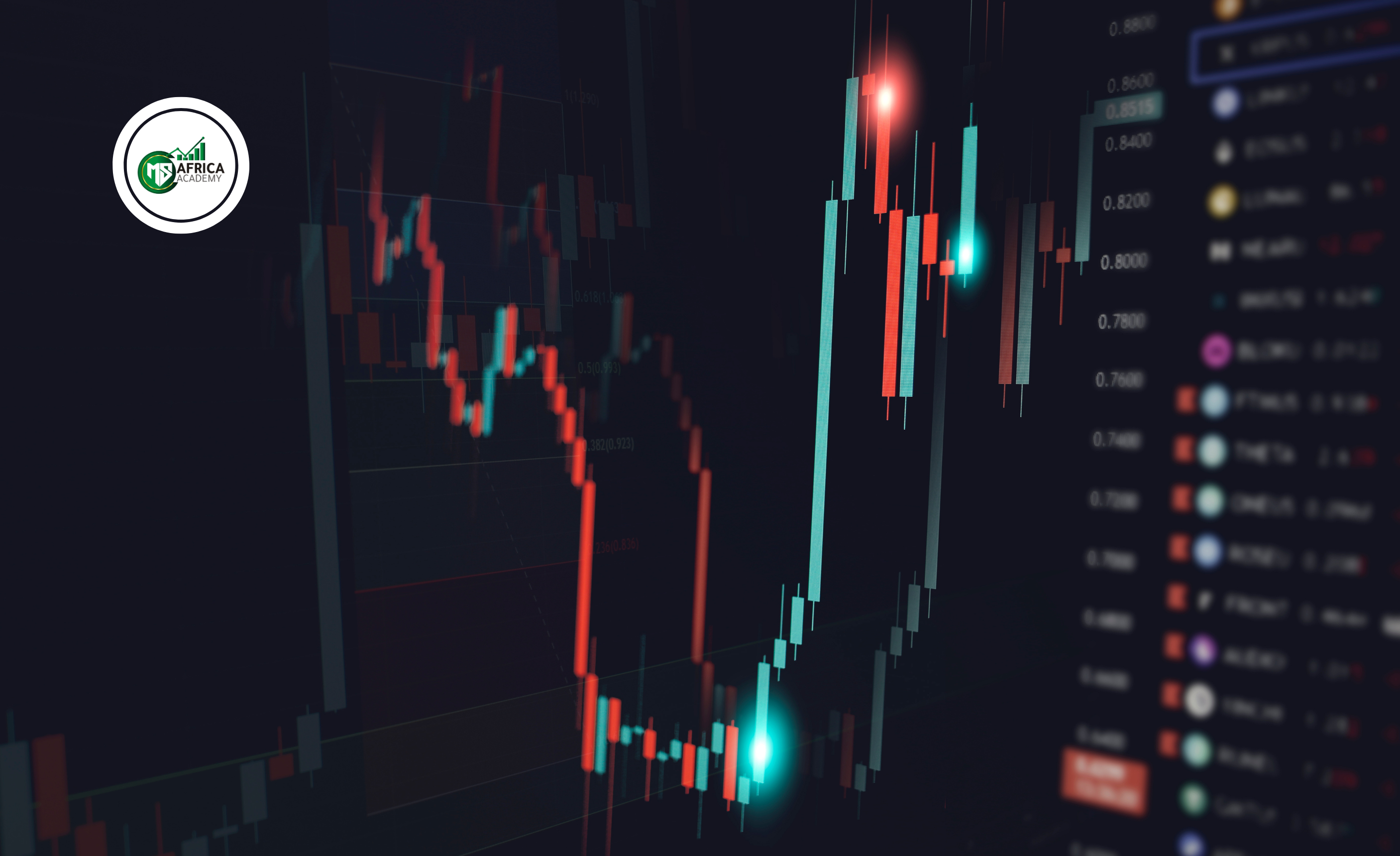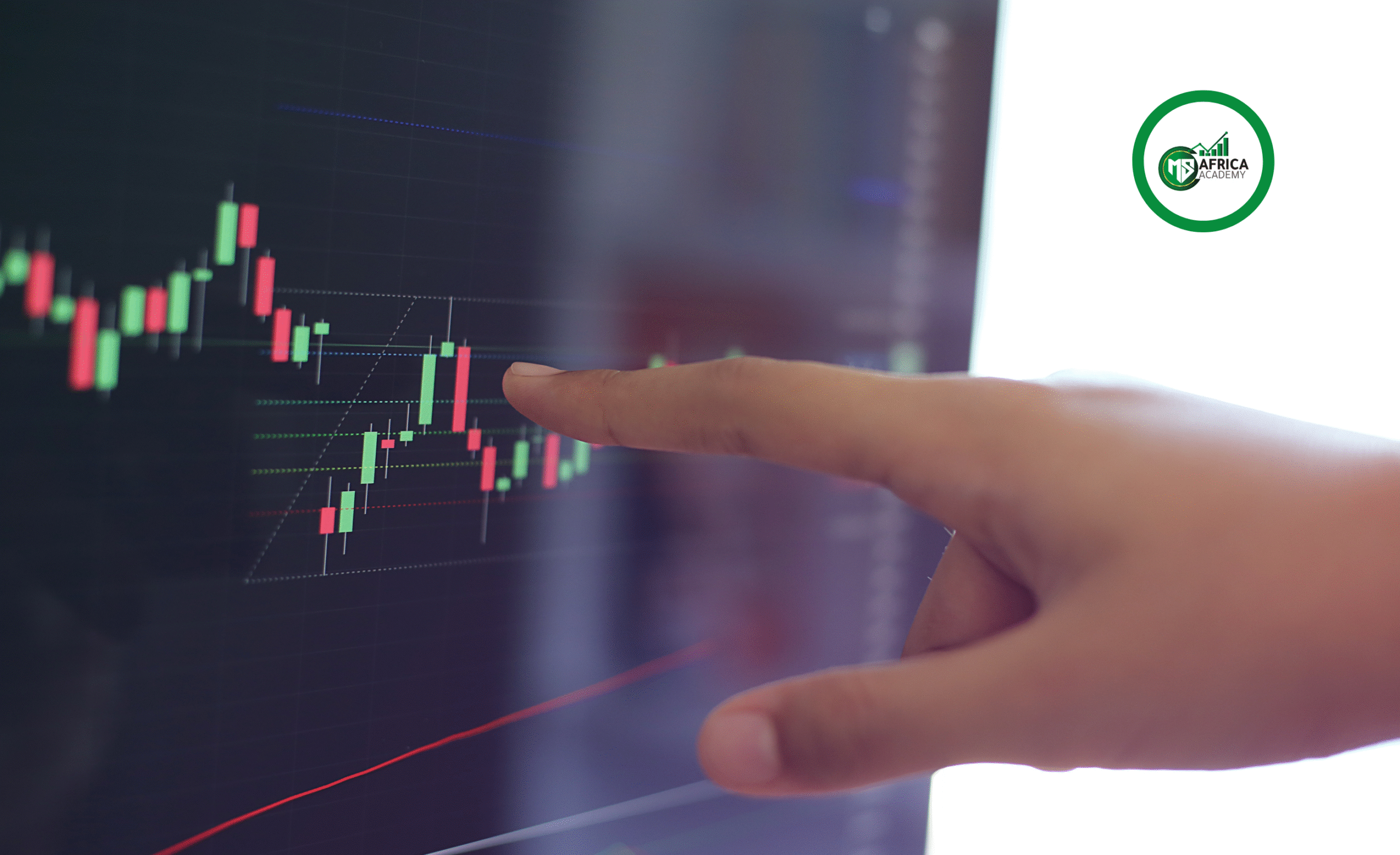The forex market is often unpredictable, with prices fluctuating based on a variety of factors. Traders who want to stay ahead of market movements need to understand not just the data, but the emotions that drive market participants. Sentiment analysis is a tool that allows traders to tap into this emotional side of the market, offering unique insights into currency price movements. By understanding the mood of the market, traders can predict potential trends, anticipate reversals, and make more informed decisions.
What is Sentiment Analysis?
Sentiment analysis refers to the process of assessing the collective mood of market participants by analysing various factors such as news articles, social media discussions, and trading volumes. In simple terms, sentiment analysis is about understanding how traders feel. Are they optimistic about a particular currency? Are they fearful or uncertain? These emotions can significantly affect market direction, even more than concrete data at times.
While economic data and technical analysis are essential for understanding market movements, sentiment analysis allows traders to go beyond the numbers. It taps into the psychology of the market, helping traders make predictions based not just on facts but on the emotions and biases that influence decision-making.
How Sentiment Affects Forex Markets
Forex prices are influenced by more than just interest rates or economic news. Market sentiment plays a major role in price fluctuations, especially in short-term trading. The emotions of traders—whether it’s fear, greed, optimism, or panic—are reflected in the way they buy and sell currencies.
When traders are optimistic about a currency, they are more likely to buy it, pushing the price higher. Conversely, when fear takes over, traders might panic sell, causing the price to fall. Understanding these emotions gives traders an edge, as it allows them to anticipate these shifts and act accordingly.
The Tools of Sentiment Analysis
Traders rely on various tools to measure sentiment, each of which provides different insights into the psychological state of the market. Some of the key tools used in sentiment analysis include:
1. Sentiment Indicators
Sentiment indicators are used to measure the mood of the market based on the actions of traders. These indicators typically analyse data such as open positions, volume of trades, and market momentum. For example, if a large percentage of retail traders are buying a specific currency pair, this could indicate that the market sentiment is overwhelmingly bullish.
One well-known sentiment indicator is the Commitment of Traders (COT) report. This weekly publication shows the positions of large institutional traders, providing valuable insights into whether these market movers are bullish or bearish. Tracking these positions can give traders a sense of where the market is heading.
2. News and Social Media Monitoring
News events and social media platforms are powerful drivers of sentiment. For example, a major geopolitical event or an economic shock can trigger extreme sentiment shifts. Traders often turn to news outlets to assess the potential impact of these events. Additionally, platforms like Twitter, Reddit, and financial forums are increasingly being used to gauge sentiment. Tools that monitor social media can track how public sentiment changes in real time, helping traders identify shifts before they impact the broader market.
3. Forex Sentiment Indexes
Some forex brokers and data providers offer sentiment indexes that give a snapshot of how traders are positioned in the market. These indexes typically measure whether retail traders are long (buying) or short (selling) a particular currency. These indexes can help traders gauge market extremes—when the sentiment is highly skewed in one direction, it could indicate a potential reversal.
Predicting Market Movements Using Sentiment Analysis
Sentiment analysis can provide crucial insights into the likely direction of currency movements. Here’s how it works in practice:
1. Spotting Reversals
One of the key advantages of sentiment analysis is its ability to help traders identify potential market reversals. When the majority of traders are overwhelmingly bullish or bearish on a currency, it could signal that the market is approaching a turning point. For example, if sentiment is extremely positive for a particular currency, it could be a sign that the currency is overbought, and a price correction might be due.
On the other hand, if sentiment turns extremely negative, it could signal that a currency is oversold, and a buying opportunity may arise.
2. Supporting Trend Continuation
Sentiment can also confirm the strength of a trend. If sentiment aligns with the prevailing market trend—say, positive sentiment during an uptrend—this can provide confidence that the trend will continue. However, if sentiment begins to shift against the trend, it could indicate that the trend is losing momentum and may soon reverse.
3. Anticipating News Impact
Markets react quickly to news, but it’s not just the content of the news that matters—it’s how traders feel about it. Sentiment analysis allows traders to gauge how the market will react to news before it fully impacts the price. For instance, if a central bank announces an interest rate change, sentiment analysis can help predict whether traders will respond with optimism or fear.
4. Risk Management
By keeping track of sentiment, traders can better manage their risk. If sentiment is overly bullish or bearish, it may signal that the market is in an extreme condition, and it may be wise to reduce exposure or adjust stop-loss orders. Conversely, when sentiment is neutral or balanced, traders may feel more confident in taking positions aligned with the broader market trend.
Practical Steps for Using Sentiment Analysis
If you want to integrate sentiment analysis into your forex trading strategy, here are a few practical steps:
1. Use Sentiment Indicators
Start by incorporating sentiment indicators into your trading platform. These tools can give you a quick snapshot of the market mood. Look for extremes—when sentiment becomes overly positive or negative, it may be a signal that the market is due for a shift.
2. Monitor News and Social Media
Staying on top of news events and social media discussions can provide real-time insights into market sentiment. Pay attention to how traders and investors are reacting to breaking news or changes in the market. Tools that track social media sentiment can give you a head start on understanding market reactions.
3. Combine with Technical and Fundamental Analysis
Sentiment analysis should not be used in isolation. It is most effective when combined with other forms of analysis, such as technical and fundamental analysis. By merging these approaches, you can develop a more comprehensive understanding of market conditions and make more informed decisions.
4. Be Aware of Sentiment Divergence
Watch for divergences between sentiment and price action. For example, if sentiment is overwhelmingly bullish, but prices are stagnant or declining, it could be a sign that the market is about to reverse. Such divergences can be powerful signals for experienced traders.
Sentiment analysis offers forex traders a unique way to understand market movements, providing valuable insights into the emotions and psychological forces that drive price action. By tapping into this tool, traders can better predict trends, anticipate reversals, and manage risk effectively. Whether used to confirm a trend or identify potential market extremes, sentiment analysis adds an important layer to any forex trading strategy.
At MS Africa Academy, we understand the importance of equipping traders with comprehensive knowledge and tools to succeed in the forex market. If you are looking to enhance your trading skills and learn how to apply sentiment analysis effectively in your trades, we invite you to join our academy. Our expert-led courses are designed to help traders at all levels understand the complexities of the forex market and develop winning strategies.
Take the first step towards mastering the forex market with MS Africa Academy. Join our community of traders today and unlock your potential.






